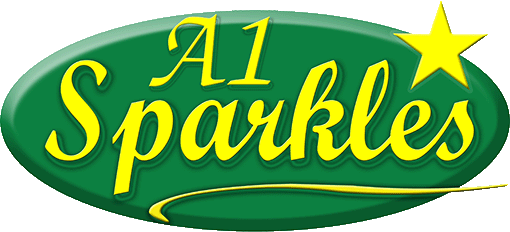Keep the following items on hand so you will be prepared to handle fresh spills on your carpet:
Neutral dish detergent such as Dawn®
Spotters such as our free lifetime replacement Spot Out® and Enzyme product for urine stains
Clean Rags, Small Scrub Brush, and Bottled/Purified Water
Hydrogen peroxide (3% solution) for browning stains; isopropyl alcohol for inks or other colored stains
A Wet/dry vac is great to have as well.
8 STEPS TO REMOVE URINE FROM CARPET
- Act fast. The key to any successful spot removal is extracting it from the fibers as quickly as possible. Don’t use hot water on a fresh stain. Heat will set most stains.
- Blot as much of the spill as possible and remove any solids. For large spills use a wet/dry vac. Work from the outside in.
- Carefully apply cool purified or bottled water to the stain, do not over saturate. Blot, gently pressing a clean towel into the carpet pile in the stained area to remove as much moisture as possible. Start your blotting on the outside edges of the stain.
- Apply appropriate spotter, and wait. Let the product do its job! At this time you may want to slightly agitate the carpet fibers. After at least 5 minutes began blotting, working from the outside perimeter of the stain, moving inward. If no spotter is available use dish detergent diluted at 30:1
- To prevent re-soiling extract spotters with purified water; blot the area dry paying special attention to the edges. This is a step is a critical step, because you do not want to leave the chemical residue in the carpet fibers.
- To remove any remaining moisture, place several towels over the spot, weigh them down, and leave it there overnight.
- When the carpet is dry, vacuum the pile using multiple passes.
- If you can still see the stain, call your professional carpet cleaning company.
It is not unusual for carpet stains to sometimes reappear after spot cleaning. This occurs for two primary reasons.
- Chemical Residue – When spotting and even with some professional carpet cleaners, some residue remains in the carpet, causing rapid re-soiling. If this happens repeat step 5.
- Wicking occurs when a liquid has been spilled on the carpet (usually a large quantity) and cleaning attempts remove only the stain and liquid from the carpet fibers. Liquid still remains in the carpet backing or padding. Through capillary action, the stain can “wick” back up into the carpet fibers.
These stains are not permanent and typically can be removed by simply repeating these steps. Here are some additional suggestions:
Avoid over-wetting the carpet backing during spot-cleaning and rising. Blotting to remove excess moisture reduces the occurrence of wicking stains.
Use a “wet-vac” to extract liquid from the area if possible. Paper toweling placed over the cleaned area and weight with a color-fast object will help absorb resurfacing stains. The use of fans to decrease the drying time will also help.
